Ocean trench: Take a dive 11,000m down
Icy cold, pitch black and with crushing pressures - the deepest part of the ocean is one of the most hostile places on the planet. Only three explorers have made the epic journey there: 11km (seven miles) down to the bottom of the Pacific Ocean's Mariana Trench. As a new wave of deep-sea exploration begins, take a look at the mysterious world that they will be plunging into.
Scroll to see the ocean's deepest depths
- Feel the pressure: 100m down
- Feel the pressure: 1,000m down
- Armour or diving suit?
- Deep-sea seal
- Monster in the dark
- Sub that surveyed the Titanic
- What lies 5,000m below the waves?
- Snails and eels dominate the deep
- The world's deepest fish?
- Plumbing the depths, old style
- Fly through the Mariana Trench
- Scavengers await food from above
- Feel the pressure: 10,000m down
- This is his story
- I've been to another planet...
-
Limit for recreational
40-50
m (130-165ft)
scuba divers on air -
Maximum depth sunlight penetrates
1,000
m (3,281ft) -
Operating depth of the oil rig
2,438
m (8,000ft)
Deepwater Horizon -
Wreck of the RMS Titanic
3,800
m (12,467ft)
found at this depth -
Average ocean depth
4,267
m (14,000ft) -
Chinese sub Jiaolong's
5,057
m (16,591ft)
dive, 2011 -
Molloy Deep - Arctic Ocean's
5,607
m (18,396ft)
deepest point -
Maximum depth of Russia's two MIR subs
6,000
m (19,685ft) -
South Sandwich Trench
7,235
m (23,737ft)
Southern Ocean's deepest point -
Diamantina Trench
8,047
m (26,401ft)
Indian Ocean's deepest point -
Puerto Rico Trench
8,400
m (27,560ft)
Deepest point in the Atlantic Ocean -
10,994
m (36,069ft)Challenger Deep is the deepest
place on Earth. Don Walsh was in the first sub to reach the ocean's darkest depth. -
10,898
m (35,756ft)Depth reached by film director James Cameron
Pressure Test: Diving 100m down
Pressure Test: Diving 1,000m down
Atmospheric diving suit
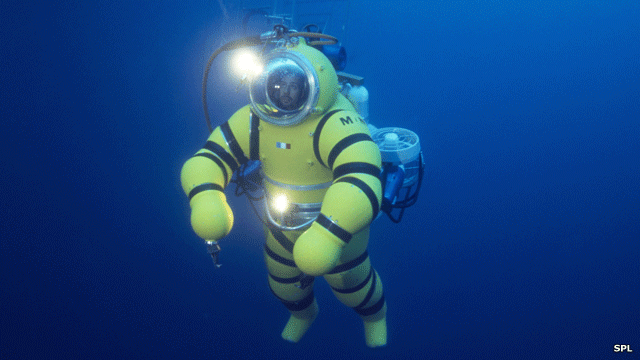
They may look as clunky as a suit of armour but some atmospheric diving suits (ADS) can enable people to reach depths of up to 600-700m. This ADS used by the French navy can reach 250m.
Elephant seal - expert diver
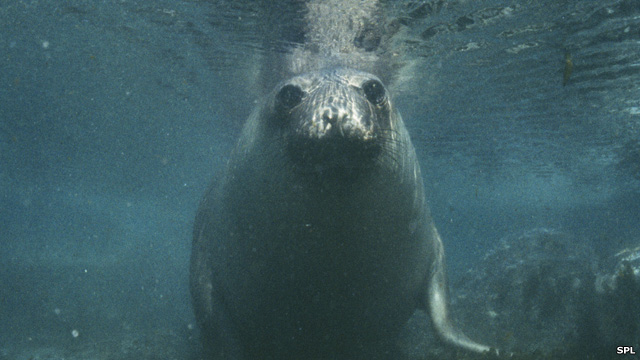
This southern elephant seal is a fantastic diver and reach depths of up to 2,000m. Large males can weigh as much as four tonnes and live mainly on a diet of fish and squid.
Anglerfish, predator in the deep
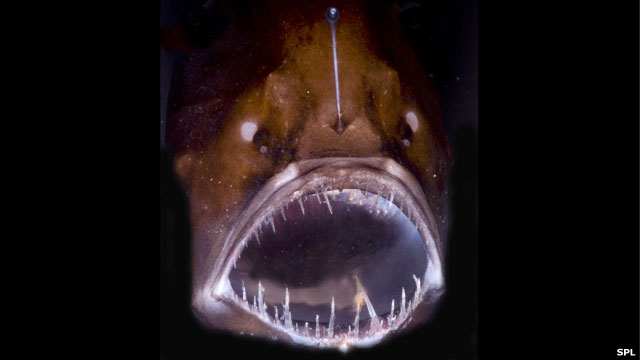
This fearsome predator has a lure above its mouth that flickers with bioluminescent light. It has evolved to catch the attention of prey and draw them near. If they come close enough, the anglerfish will strike.
Alvin - deep diving sub
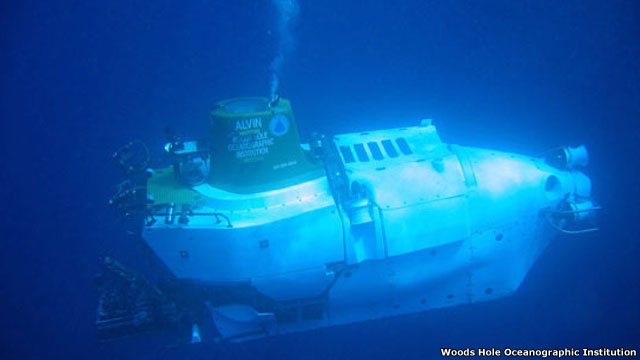
The long-serving, US-submersible Alvin is capable of taking up to three people to depths of 4,500m - but an upgrade is under way that will allow it to dive even deeper. Launched in the 1960s Alvin surveyed the wreck of the RMS Titanic and many others.
Scavengers that live on the edge of a trench
Why 6,000m is a strange zone for life
Are snailfish the world's deepest fish?
HMS Challenger - survey vessel
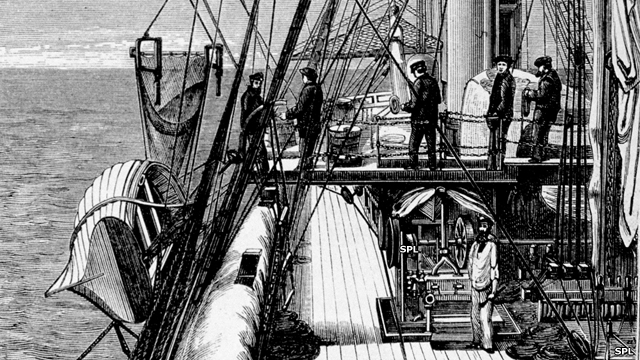
The British survey vessel HMS Challenger was the first to sound the depths of the Mariana Trench in 1875. The deepest point in the trench, Challenger Deep, was eventually named after her as was the ill-fated space shuttle.
~RS~q~RS~~RS~z~RS~10~RS~)











 Drones bounce back from collisions
Drones bounce back from collisions